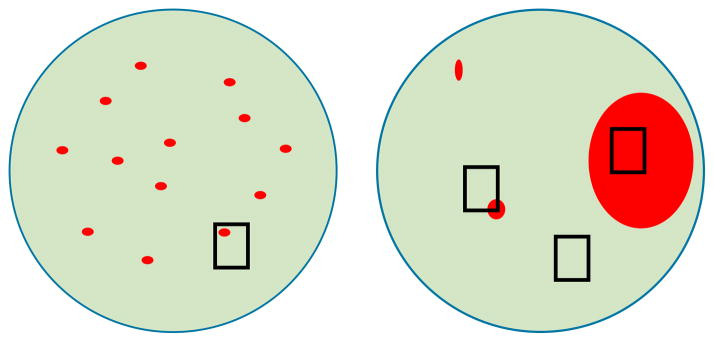Figure 5. Tumor heterogeneity and sample selection in detecting TP53 abnormalities.
The predominant underlying cause of failure to detect TP53 abnormalities is heterogeneity in tumors with a low volume of anaplasia. The diagnosis of DAWT is established by a pathologist after analyzing multiple representative slides taken from all regions of the tumor. In contrast, single randomly selected tissue samples are taken for banking or biologic studies without knowledge of the histology. In some cases anaplasia may be diffuse, but may still be due to a very small percentage of cells, making it difficult to detect TP53 abnormalities. If there are scattered nodules of anaplasia, area(s) of anaplasia may not be selected; or there might be only a very small focus of anaplasia within the sample selected, insufficient for the detection of TP53 abnormalities.

